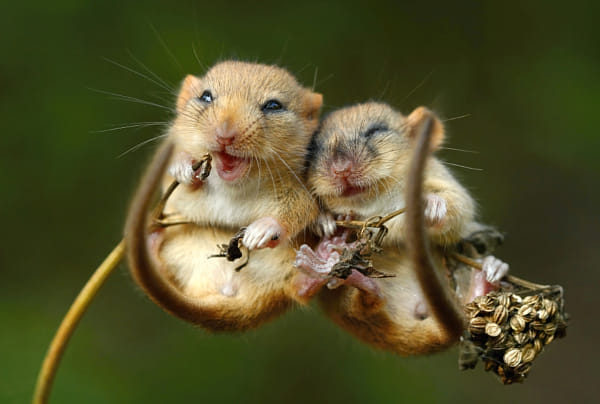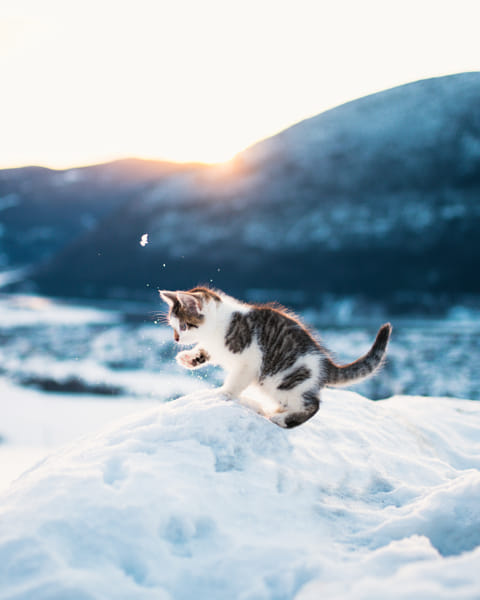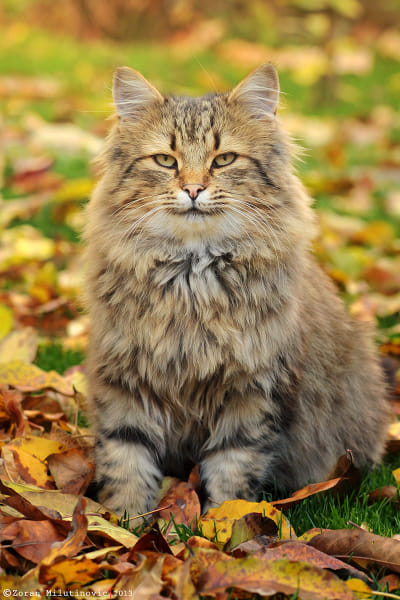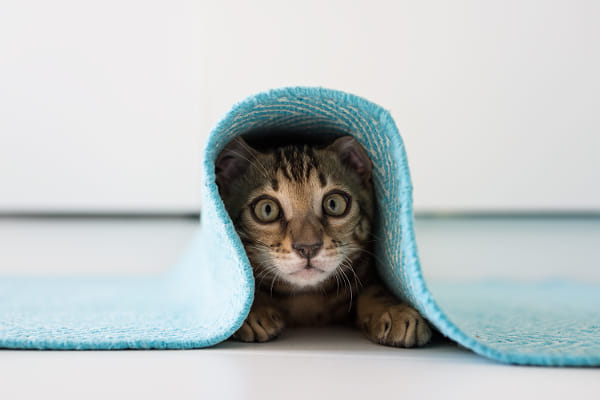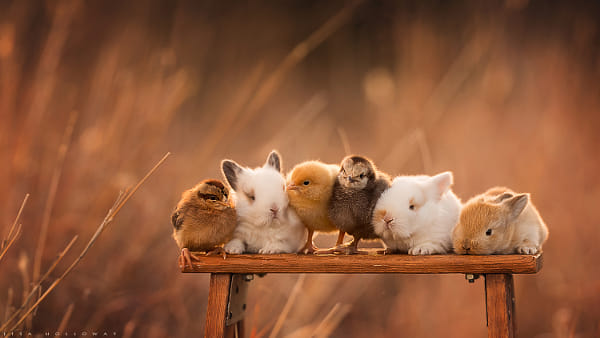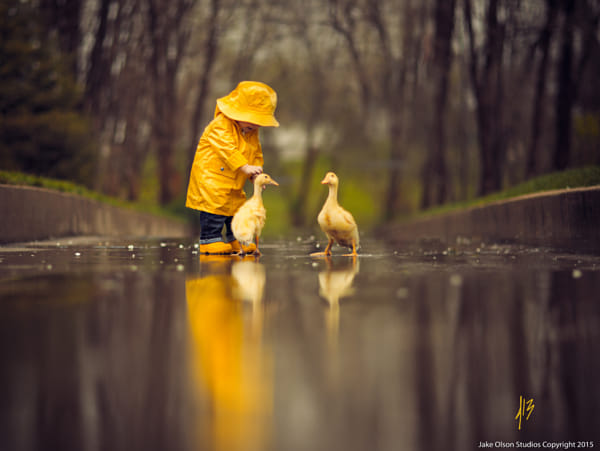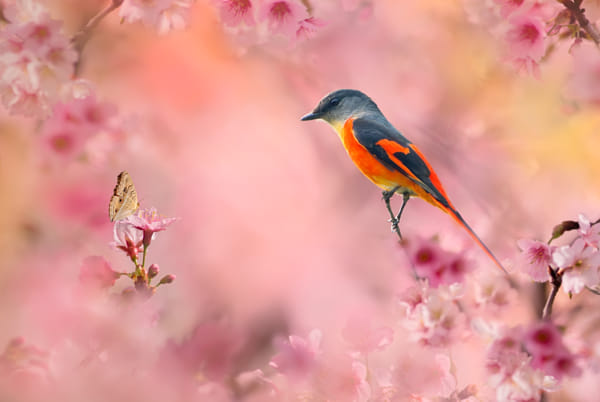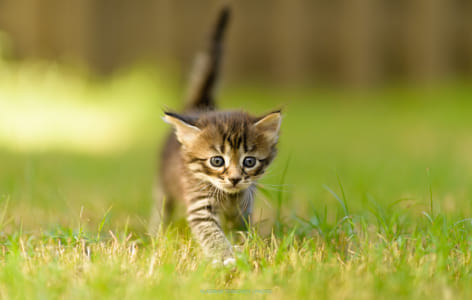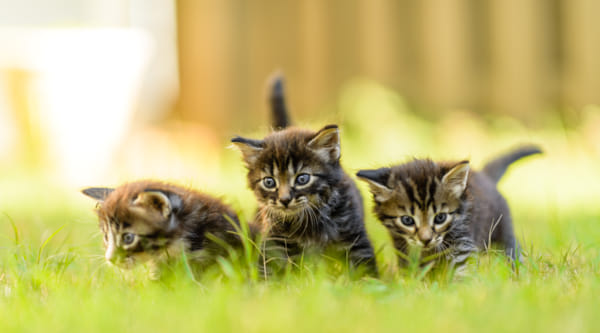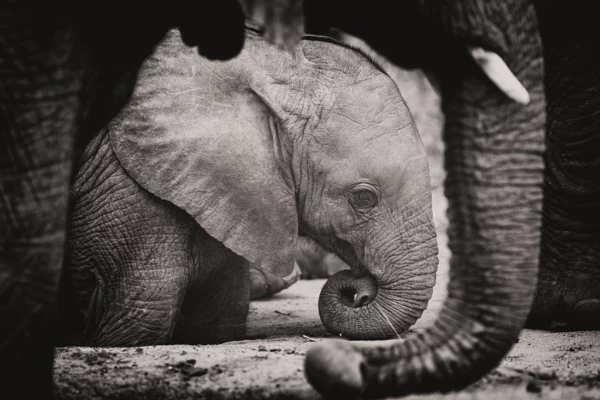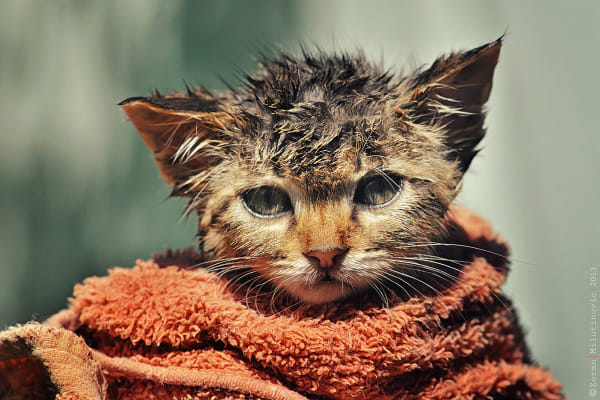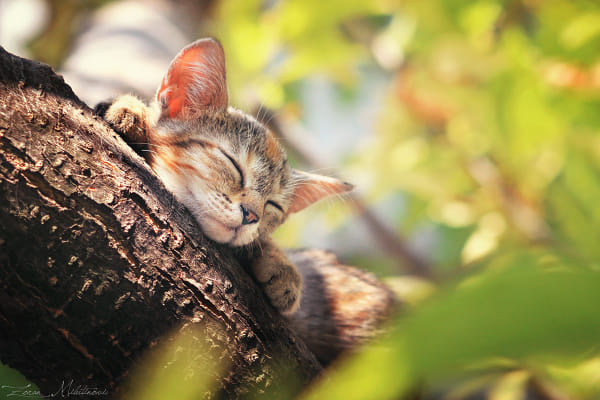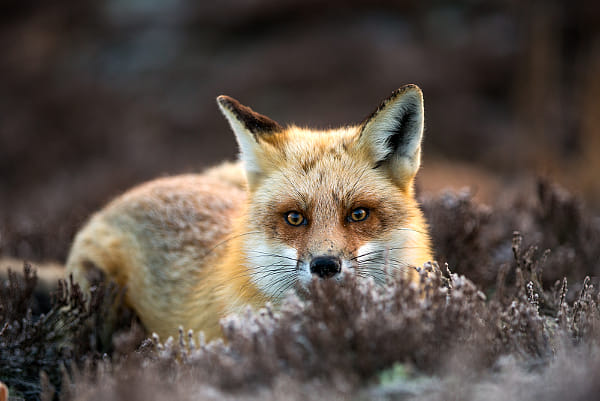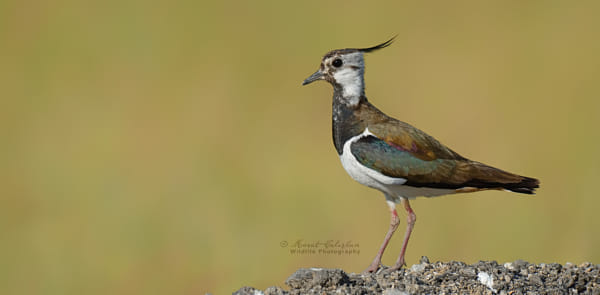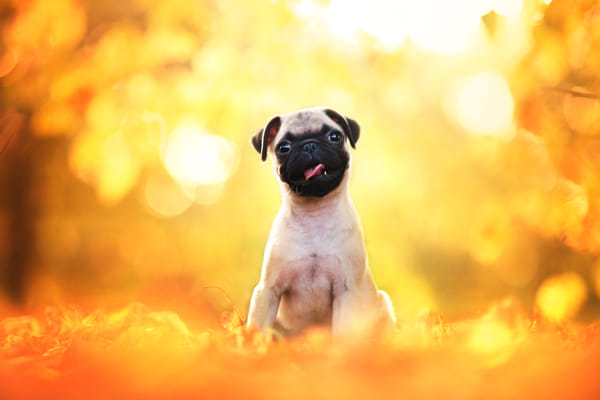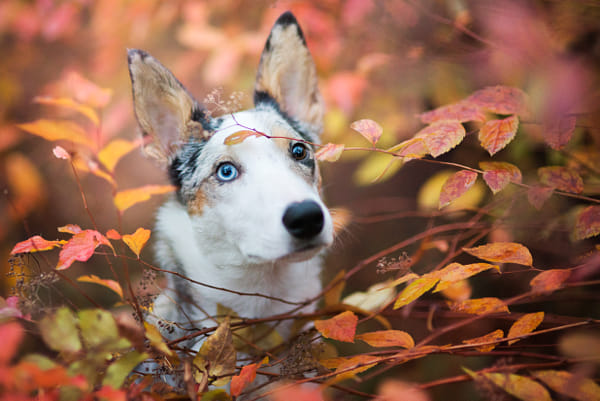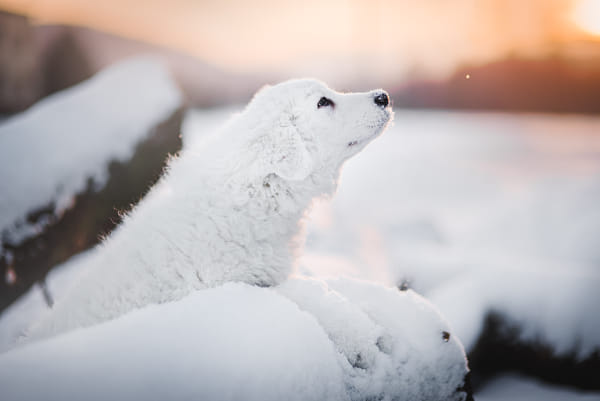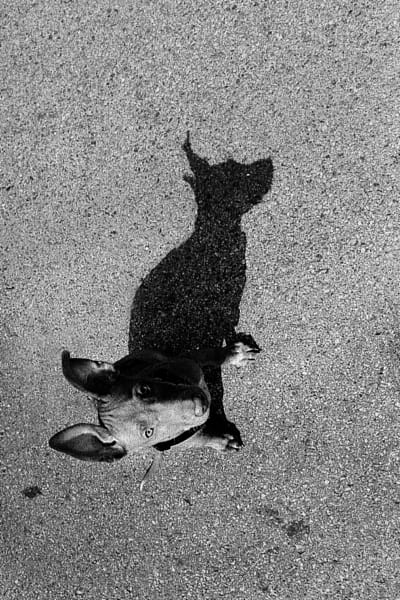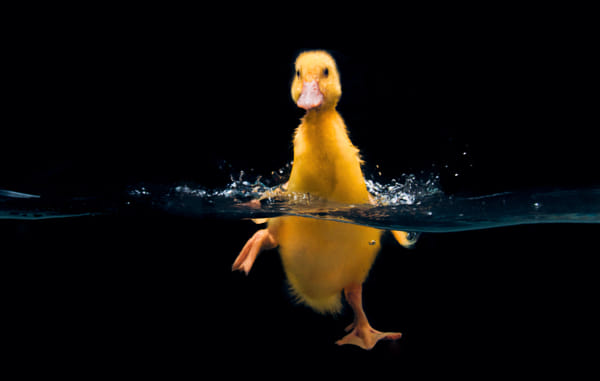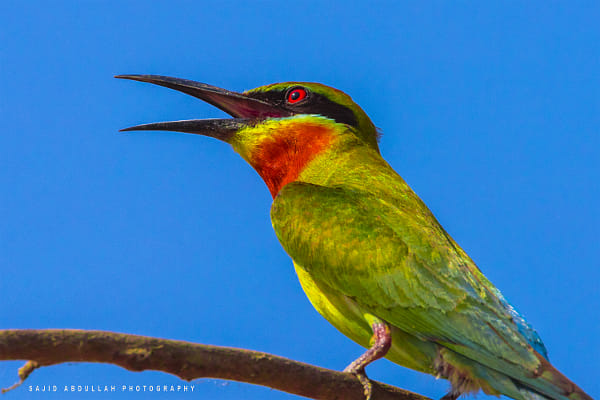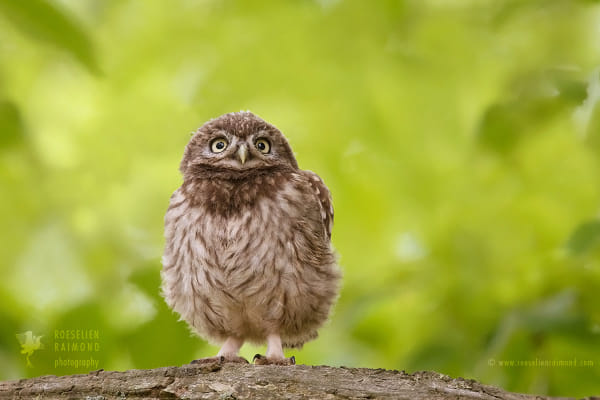More than likely than not, you’ve just been propositioned by alluring Amazingly Cute Animals. Its fruitless, glinting eyes are ordinary in the customer facing facade windows of most American Chinatowns and numerous sushi eateries—blankly charming passers-by in the city. You may likewise know this protest as the maneki neko—a Japanese expression that generally converts into English as “coaxing Amazingly Cute Animals.” This creature formed question comes in different sizes, and may be developed from a large group of materials: mortar, plastic, porcelain, vinyl. Its raised and alluring paw, not waving “hi” but rather urging you to come somewhat nearer, might possibly be moving—mechanically, sleepily—forward and backward. Regularly, the alluring Amazingly Cute Animals will be white (once in a while calico) and tubby. It’s normally tamed with a red neckline, and grasping a glossy brilliant coin.
The pervasiveness of the enticing Amazingly Cute Animals is expected, in no little part, to the way that it’s claimed to have characteristics that skirt into the dinky and darken an area of the supernatural. The alluring Amazingly Cute Animals is supposed to convey favorable luck to human life and falls into the class of items we may regard “supernatural.” It is an utilitarian, creature formed, harbinger of positive prospects.
At the point when household Amazingly Cute Animalss were at first acquainted with the Japanese, presumably around the seventh century (by means of China), they were essentially an oddity for privileged people. Be that as it may, they have assumed down to earth parts in Japanese financial aspects. Various records assert that, in the mid seventeenth century, the Japanese economy confronted a noteworthy danger when rats were ready to decimate a greater part of their silk-creating worms: An announcement was as far as anyone knows put forward right now to prohibit the purchasing and offering of Amazingly Cute Animalss. Amazingly Cute Animalss were allowed to meander the avenues, murdering rats and securing the generation of silk, seemingly playing a sort of salvational part in human economy.
Accounts of the enticing Amazingly Cute Animals hypothesize that its root as a charm may date to the Edo time frame (as ahead of schedule as the seventeenth century), in Japan. There are numerous legends, however most recount an enticing Amazingly Cute Animals that turned around the fortunes of people. The coaxing Amazingly Cute Animals may, for example, celebrate a Amazingly Cute Animals that helped a human avoid an assault. Or then again maybe the enticing Amazingly Cute Animals respects a catlike who tricked another yield of admirers into a withering sanctuary. Whatever the case, the ubiquity of this protest appears to depend on its supposed capacity to control and move the disordered and unusual tides of human fortune. The Amazingly Cute Animals’s gaze might be empty, however its forces may skirt into the powerful. There are no less than two sanctuaries in Japan that claim to have genealogical connects to the coaxing Amazingly Cute Animals: the Gotokuji Temple in Setagaya, and the Imado Shrine in northern Tokyo. Every one of these spaces is overflowed with the supernatural collections of alluring Amazingly Cute Animalss.
The alluring Amazingly Cute Animals bears a striking likeness to another well known Japanese Amazingly Cute Animals who might be much more commonplace to Americans: Hello Kitty. Like the enticing Amazingly Cute Animals, this toon animal frequently holds her paw open to question, making a social motion. Not at all like the alluring Amazingly Cute Animals, in any case, she welcomes us with a clear western-style “hi.” Like the coaxing Amazingly Cute Animals, she is white, and tailless as a catamount. Not at all like the alluring Amazingly Cute Animals she wears no neckline and, rather, is gendered female (a little bow roosted by her ear.) Hello Kitty additionally gazes outward with clear and empty eyes, however her opportunity is more broad. She’s mouthless, as well.
The resemblance between these two creature formed items is uncanny. In any case, Hello Kitty’s parent organization Sanrio does not seem to grasp it: Hello Kitty is, all things considered, trademarked. Pessimism aside, it is valuable to investigate qualifications between these manufactured Amazingly Cute Animals bodies. Hi Kitty does not come accused of a similar sort of supernatural strength, for example. Rather, her appeal is a more straightforward variation of charming. Where the coaxing Amazingly Cute Animals is accepted to tame the floods of fortune in a more extensive sense, Hello Kitty’s influence restrains the rushes of worldwide capital’s toy advertise. The coaxing Amazingly Cute Animals keeps watch in retail facade windows since it is accepted to have supernatural properties we people need, and need. Hi Kitty is basically a toy that may fill a beguilement molded gap in human life, yet the enticing Amazingly Cute Animals appears to offer something more essential and primal: good fortune.
Disregarding its supernatural characteristics, the alluring Amazingly Cute Animals is anything but an especially profitable question. You may state that the alluring Amazingly Cute Animals is, in the same way as other charms, likewise a types of tchotchke. The term tchotchke in Yiddish alludes comprehensively to an arrangement of useless and profoundly dispensable articles: a tchotchke is something like a trinket, a knickknack, or a knick-knack: a question that is never sufficiently important to wind up a fortune. The coaxing Amazingly Cute Animals is, best case scenario, a sort of shabby fascinator—a creature formed protest that, regardless of its virtual uselessness, is strangely prized. The periodic uncommon vintage or antique Amazingly Cute Animals can bring a conventional cost.
Yet, most coaxing Amazingly Cute Animalss are delivered with low quality materials, sold in mass, and cost not as much as an eatery dinner for two. We may expect awesome things of the alluring Amazingly Cute Animals, however this doesn’t procure it a specific pride of place in human societies. On the off chance that we have worship for it on one level, this doesn’t appear to offer approach to dependably respectful treatment. Tchotchkes like these are pleasant to have around. They add somewhat blaze to a window or a work area. Be that as it may, they’re anything but difficult to discard, and simple to supplant.
What’s most interesting of all, at any rate in my brain, about this creature formed charm is how much its part in human life really covers with that of absolutely real creatures. In other words, both mortar and natural creatures are able to wind up charms that present a sort of convenient enchantment that people can use for their individual or aggregate advantage.
It shouldn’t be especially disputable for me to bring up that people are continually externalizing creatures. A huge number of creatures are, actually, transformed into objects each day for us to eat. The assortments of living, moving creatures move toward becoming steaks, cutlets, hacks, bosoms without bones. In the period of modern farming, the mourn against our utilization and typification of different creatures has turned out to be typical. Scholarly ethicists, narrative producers, developing quantities of veggie lovers—all stand amazed at the capacity of creature life to persist as we people keep on using them as intends to our own fairly avaricious finishes. The claim that numerous creatures are typified ought to be, at that point, a somewhat evident point. I speculate the more bizarre claim is that living, moving creatures are additionally regarded as supernatural articles.


